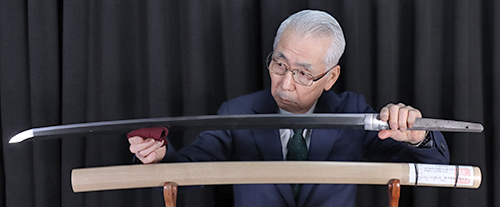Ordering number:23754
Katana in Shirasaya (NBTHK Tokubetsu Hozon Token) (NBTHK Tokubetsu Kicho Token)
At Aoi Art, we categorize swordsmiths' works into Saijyo Saku, Jyojyo Saku, Jyo Saku, and Regular Saku.
This sword is ranked as Jyojyo Saku in terms of craftsmanship by Gassan Sadakazu.
Habaki: Silver single-piece habaki
Blade Length: 73.2 cm (28.82 in)
Curvature: 1.1 cm (0.43 in)
Mekugi holes: 2
Width at base: 3.38 cm (1.33in )
Width at tip: 2.28 cm (0.90 in)
Thickness: 0.76 cm (0.30 in)
Sword Weight: 1025 g
Era: Keio 2 (1866), Edo period
Shape: This is a broad, heavy katana with a weight of 1025 g, giving it a substantial presence.
Jigane: The grain is straight (masame-hada) with visible chikei activity.
Hamon: The temper line is well-executed with nie crystals, forming a straight pattern (suguha). The boshi (tip temper) is long, flows forward, and returns in a small circle.
Features: Naniwa ju Gassan Unryushi Sadakazu, the first generation, was a famous swordsmith from Settsu Province. His real name was Gassan Yagoro, born in February of Tenpo 7 (1836) in Sukoshi village, Omi Province. He was adopted by Gassan Sadayoshi at age seven and began his training around age eleven. By his twenties, he had already mastered the ayasugi-hada grain pattern. Even after the Meiji government's ban on swords in 1876, he continued making swords, and in 1893, his work was displayed and awarded at the Chicago World's Fair. The following year, Emperor Meiji purchased one of his works. In April of 1906, he was appointed as an Imperial Court Artist. He was also renowned for his engraving skills. Sadakazu passed away on July 11, 1918, at the age of eighty-four. His work spans from 1850 (age 15) to 1918, but many swords after the later Meiji years were actually crafted by his son, Gassan Sadakatsu.
Aoi Art’s Comment: This piece features beautifully packed masame-hada, which becomes more prominent after polishing. The hamon is bold, especially near the boshi, which shows remarkable activity in the well-forged jigane. The blade is in excellent condition, retaining its original sharpness, and it’s an impressive work, especially due to the striking masame-hada. This work leaves an impression with its skillful execution of the masame pattern.
NBTHK Tokubetsu Hozon Token
NBTHK Tokubetsu Kicho Token
Aoi Art Appraisal Paper with Whole Oshigata
Price:2,500,000JPY
Order Form
Related Items:
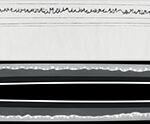 Katana:Gassan Unryushi Minamoto Sadakazu(NBTHK Hozon Token)
Katana:Gassan Unryushi Minamoto Sadakazu(NBTHK Hozon Token)
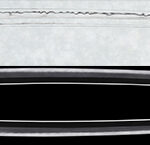 Katana:Osaka Ju Gassan Sadakatsu (Kao) (NBTHK Tokubetsu Hozon Token)
Katana:Osaka Ju Gassan Sadakatsu (Kao) (NBTHK Tokubetsu Hozon Token)
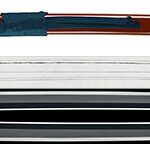 Katana: Naniwa ju Gassan Unryushi Sadakazu Saku(NBTHK Tokubetsu Hozon Token)
Katana: Naniwa ju Gassan Unryushi Sadakazu Saku(NBTHK Tokubetsu Hozon Token)
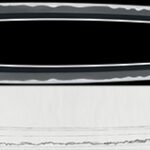 Katana: Osaka Ju Gassan Sadakatsu Kinsaku (Kao)(NBTHK Tokubetsu Hozon Token)
Katana: Osaka Ju Gassan Sadakatsu Kinsaku (Kao)(NBTHK Tokubetsu Hozon Token)
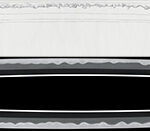 Katana:Chikuzen Kami Nobuhide(NBTHK Tokubetsu Hozon Token)
Katana:Chikuzen Kami Nobuhide(NBTHK Tokubetsu Hozon Token)
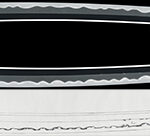 Katana:Naniwa Ju Gassan Sadakatsu Kinsaku (written seal mark) (NBTHK Hoozn Token)
Katana:Naniwa Ju Gassan Sadakatsu Kinsaku (written seal mark) (NBTHK Hoozn Token)






